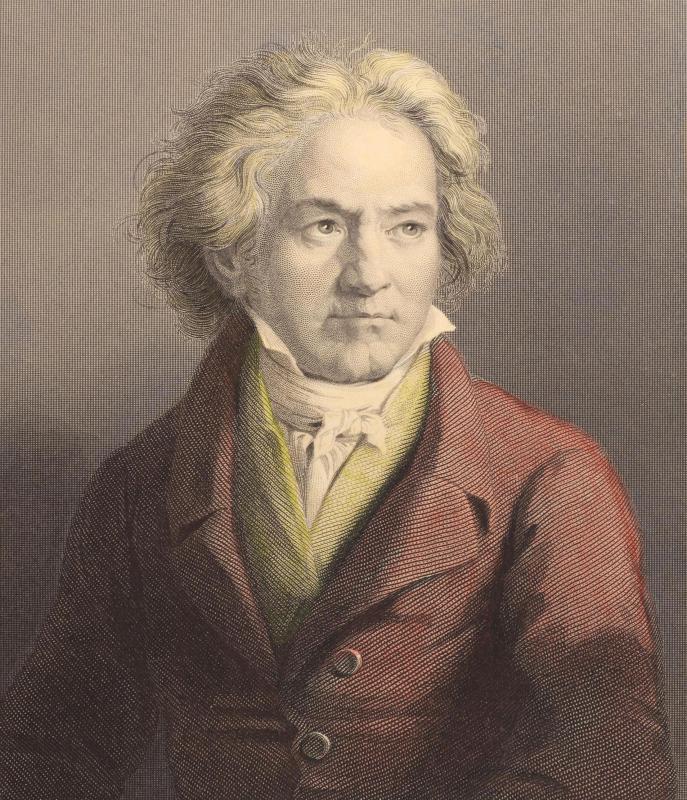At WiseGEEK, we're committed to delivering accurate, trustworthy information. Our expert-authored content is rigorously fact-checked and sourced from credible authorities. Discover how we uphold the highest standards in providing you with reliable knowledge.
What Is a Trombone Concerto?
The trombone is a brass instrument that uses a slide to extend the length of the tube and lower the pitch of a note, with a tenor or bass range. A trombone concerto is a musical work normally written in three or four movements in which a solo trombone player combines with an orchestra by taking up a musical dialogue or playing in contrast to the other instruments. Trombones were used at times in the Baroque Period in works by composers such as Johann Sebastian Bach and George Frideric Handel, but the trombone was first used as a solo instrument in the concertos of the Austrian composers Johann Georg Albrechtsberger, Leopold Mozart and Johann Michael Haydn, the brother of Joseph Haydn. In the 19th century, some Romantic composers expressed themselves through the trombone concerto and the use of this form of music continued into the 21 century with works by composers such as Christopher Rouse.
Johann Georg Albrechtsberger's Classical Period Concerto for Alto Trombone and Orchestra is still popular with trombonists in the early 21st century. Albrechtsberger was a master of musical theory who gave lessons in counterpoint to Beethoven and brought his mastery of musical theory to bear in his compositions. The trombone was a relatively agile instrument compared to the trumpets and horns of the time, and Albrechtsberger saw its potential as a solo instrument. Johann Michael Haydn wrote a trombone concerto in 1764, although — strictly speaking — it is a collection of movements from a divertimento. There also is a trombone concerto by Leopold Mozart from the same period, though this actually consists of some movements extracted from a serenade intended for a number of different soloists.

An example of a trombone concerto from the Romantic Period is Ferdinand David’s Concertino for Trombone and Orchestra, which was written in 1837 and retained its popularity over the years. Nicolai Rimsky-Korsakov later wrote a concerto for trombone and military band. At the end of the 19th century and beginning of the 20th century, the trombonist Eugene Reiche composed concertos for the trombone. These included the Concerto No. 2 in A for Trombone and Piano, which continued in the repertoire of trombonists throughout the 20th century.

In the 20th century, the trombone concerto took more varied forms as individual composers imposed their own interpretations on the form. In 1943, Nathaniel Shilkret wrote a Concerto for Trombone in three movements for well-known musician Tommy Dorsey. This musical work may be described as a cross-over between classical and jazz, with a classical first movement, a blues-style second movement and a third movement in boogie-woogie style. By contrast, the composer Christopher Rouse wrote a trombone concerto in 1991 dedicated to the memory of Leonard Bernstein. This was a much more somber work consisting of two adagio movements separated by a scherzo, the finale being in the form of a funeral march.
AS FEATURED ON:
AS FEATURED ON:












Discuss this Article
Post your comments